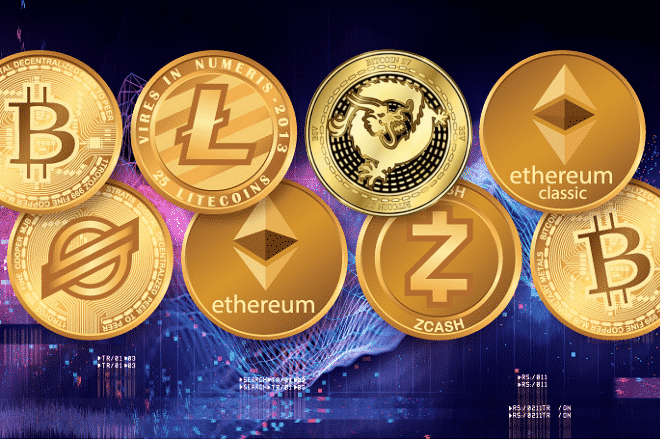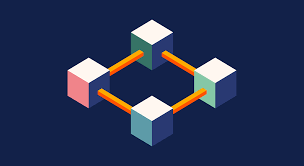New era of Crypto and Blockchain: It is difficult to understand, but the Internet of the world is changing

Even today people around the world find it very difficult to understand crypto and blockchain. Technology and rules are evolving so fast that sometimes it becomes difficult for even technologists to understand it. But one thing is for sure – crypto is no longer just an investment or trading tool, but is becoming the foundation of a new digital world.
Blockchain: The new home of data
The base of crypto currencies and crypto assets is blockchain technology – which is a distributed ledger system. Today, where data is stored on one or a few servers, blockchain stores the same data on thousands of computers across the world. This system is open and transparent, which every user can verify. Its biggest advantage is that without any intermediary – like banks or government agencies – one person can transfer assets to another person.

This decentralized process not only makes transactions faster, but also ensures privacy and cost-efficiency. For this reason, both blockchain and crypto are rapidly making their place in the world’s financial and digital infrastructure.
The journey started with Bitcoin
The first cryptocurrency, Bitcoin, was created with anonymity in mind. The aim was to create a financial system where people could make their transactions without government interference. Although today Bitcoin has become a speculative asset, the vision of crypto has now gone much further than just a coin.
The next step of Web3
According to CoinDCX CTO Vivek Gupta, blockchain technology can become the foundation of Web3 – a decentralized internet where users can monetize their data and time.

He says, “It is important to distribute the value of all the use-cases of Web3, and without crypto you cannot distribute that value. If you simply deposit money and get a receipt token, that token itself is a crypto – it is proof that you have deposited.”
DeFi and World’s Financial Freedom
Decentralised Finance i.e. DeFi is also a big disruptive aspect of blockchain. Imagine if you can lend money to an unknown person through the internet, without any bank, and you get interest on it. Or if you are spending time on a social media platform and you get money in exchange for that time, because someone wants your data.
All this is possible through Web3, because the data is not under the control of any one company or country.
dApps: A Solution to Centralized Apps
Another key feature of Web3 is Decentralised Applications or dApps. These apps do not run on any central server but on a peer-to-peer network. In these, the transparency and consensus mechanism of blockchain is used. This means that the data is tamper-proof and is not under the control of any one entity.
Zeeve co-founder & CEO Ravi Chamria says, “I think a big disruption is coming, especially in the area of DeFi tokenization and content creator economy.”
According to CoinSwitch CEO Ashish Singhal, blockchain technology can revolutionize business, data storage, and voting systems. This system makes it easy to verify any type of data.
The journey of government regulations
Governments’ biggest fear is that if crypto becomes too widespread, their monetary policy and regulations will become less effective. But new technology never needs consensus – if a system is better, people naturally shift towards it.
This is why central banks of many countries are working on CBDCs (Central Bank Digital Currencies), which are based on blockchain technology. Andrew Vranjes, VP of Sales at Blockdaemon, says, “There is a lot of activity in the regulated DeFi space. It is important to create guardrails for the future so that this technology remains safe.”
New Form of Crypto
Earlier, the value of crypto was dependent only on what people were willing to pay for it. But now new crypto assets are being backed by real-world assets such as equity and real estate.
One example is Silvina Moschini’s project Unicoin – an asset-backed, audited and SEC-compliant cryptocurrency. “It’s crypto, but with proper audit and regulatory framework,” she says.
At last…
Crypto and blockchain are not just digital currencies or investment tools. They are forming the foundation of a new decentralised, democratic and user-centric internet and financial ecosystem. Web3, DeFi, dApps – these are all aspects of a new era where users will have ultimate control.
While governments are cautious of this disruption, technologists and innovators are seeing it as the next digital evolution. One thing is for sure – crypto is not dead, but a new internet is being born.
